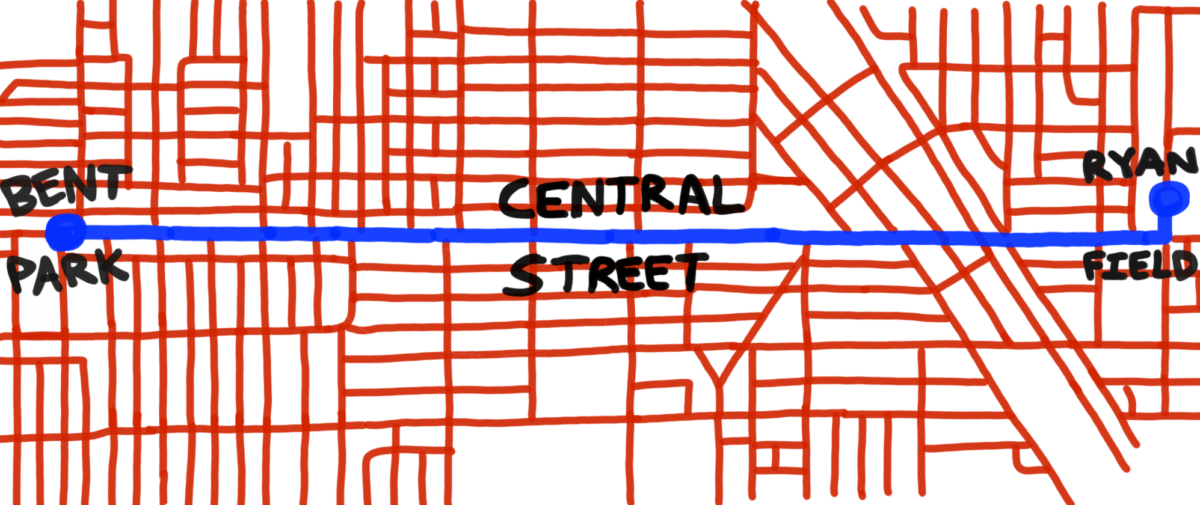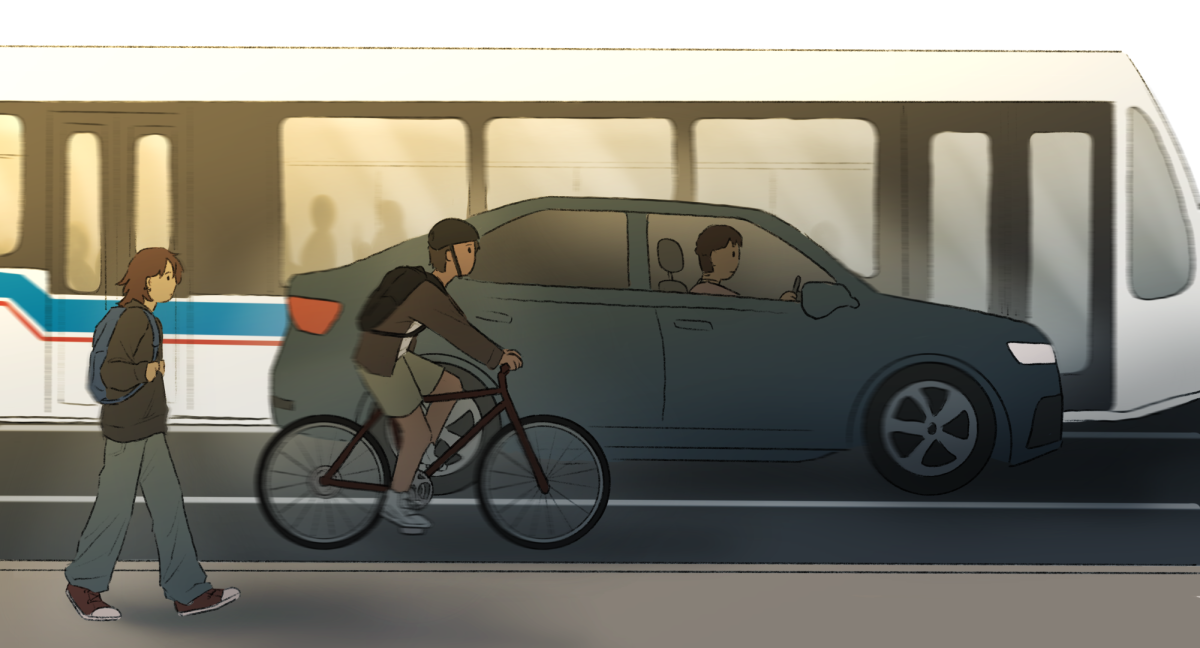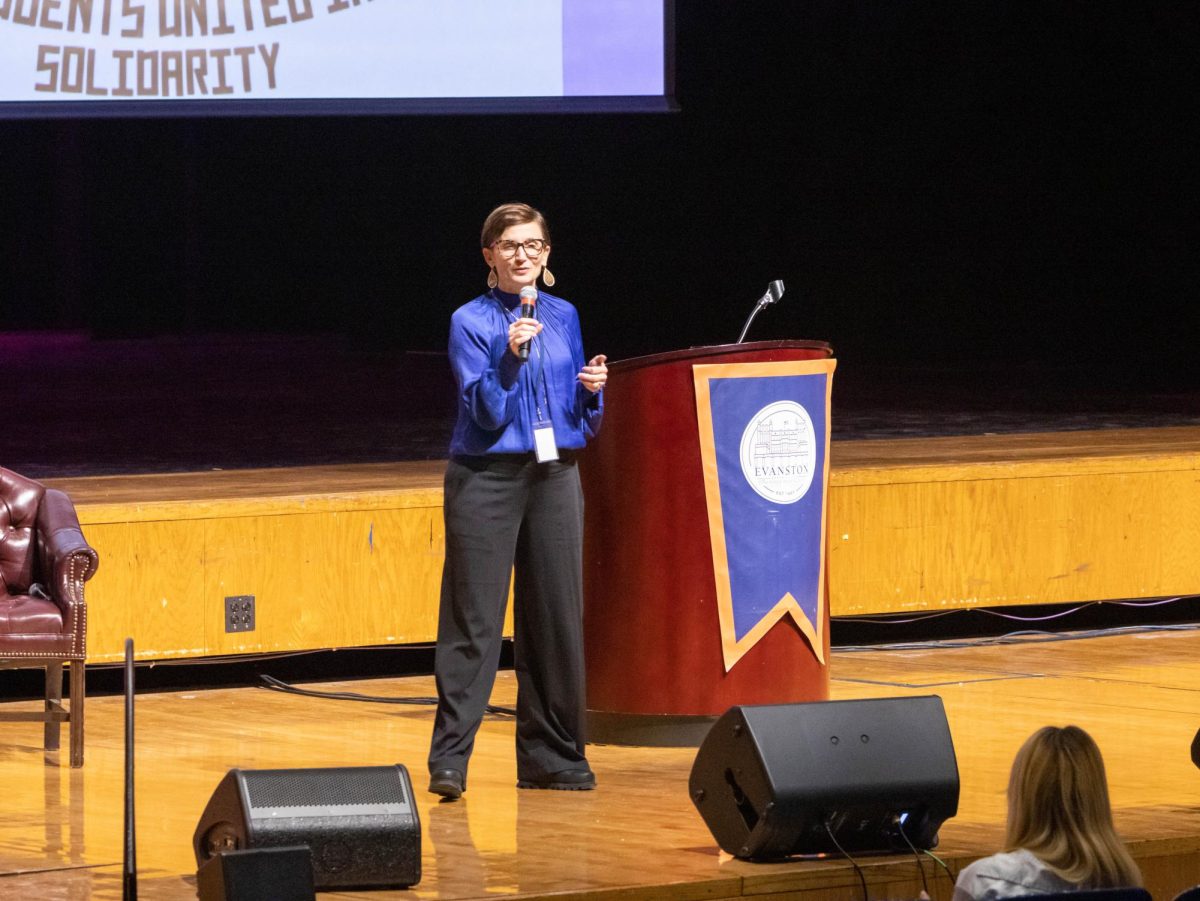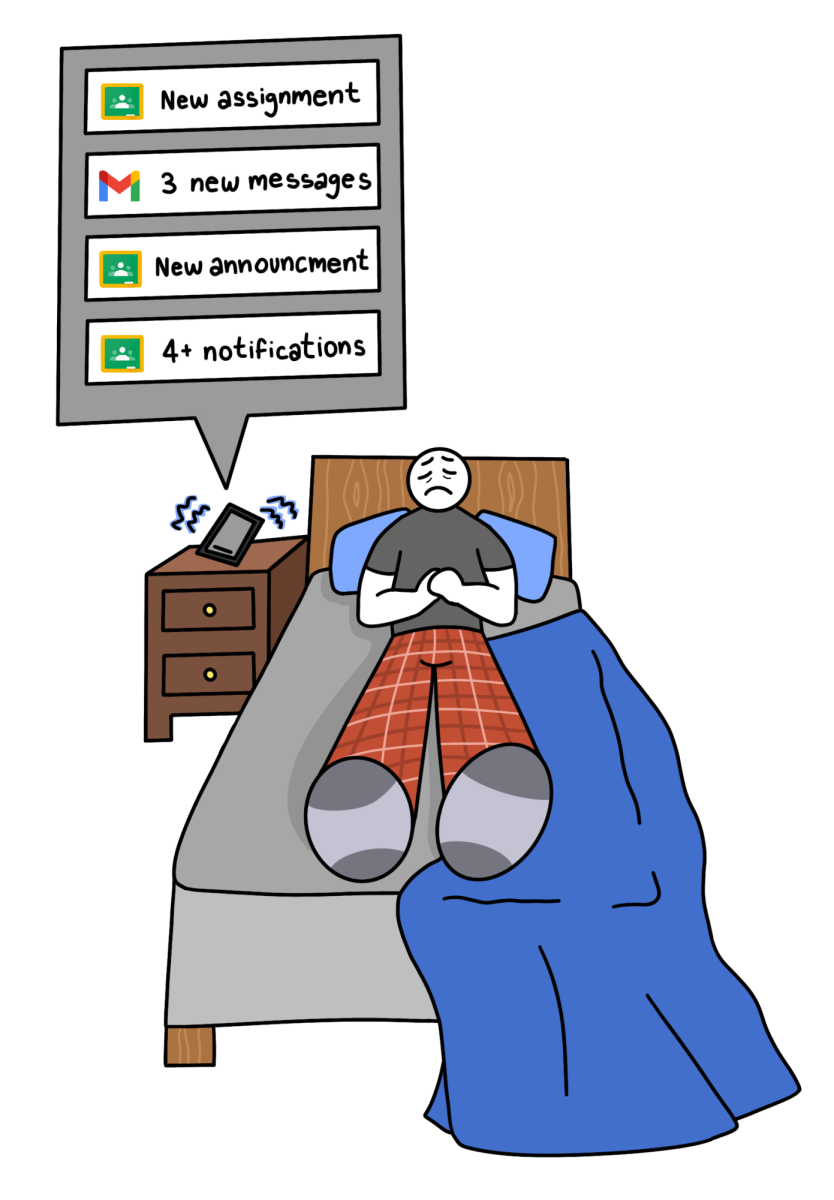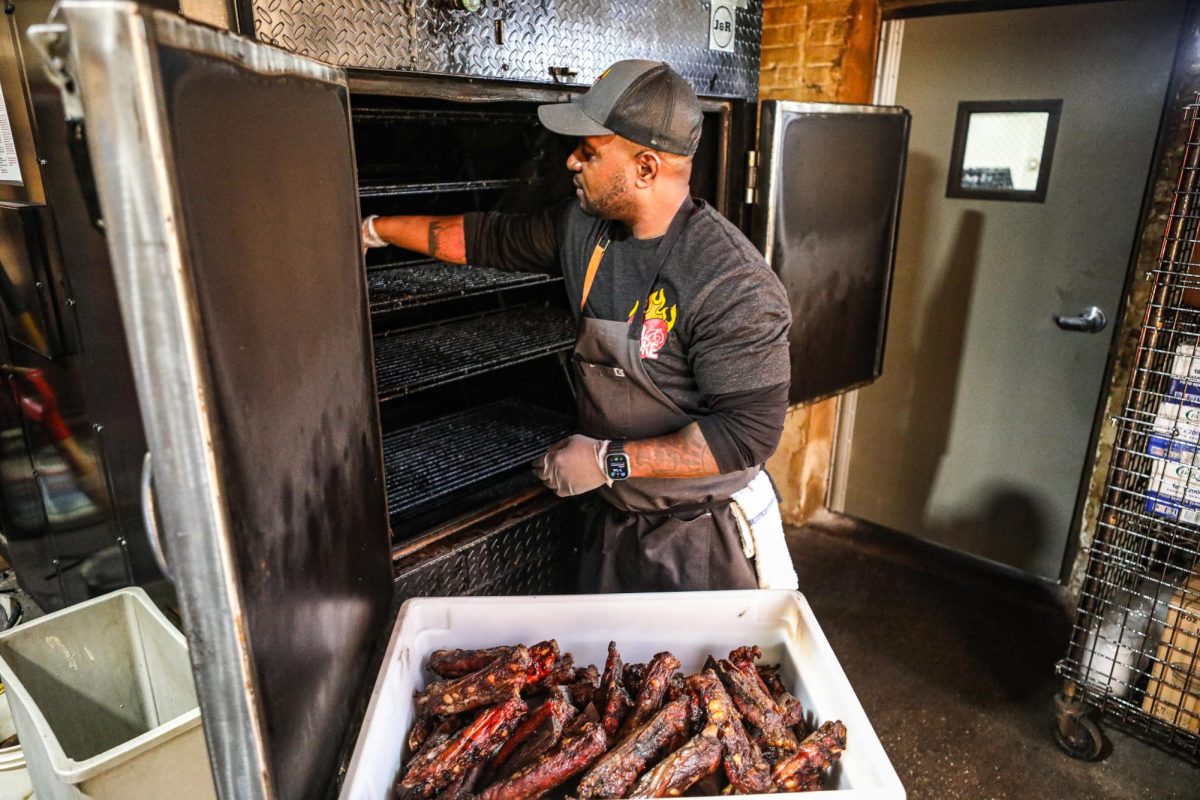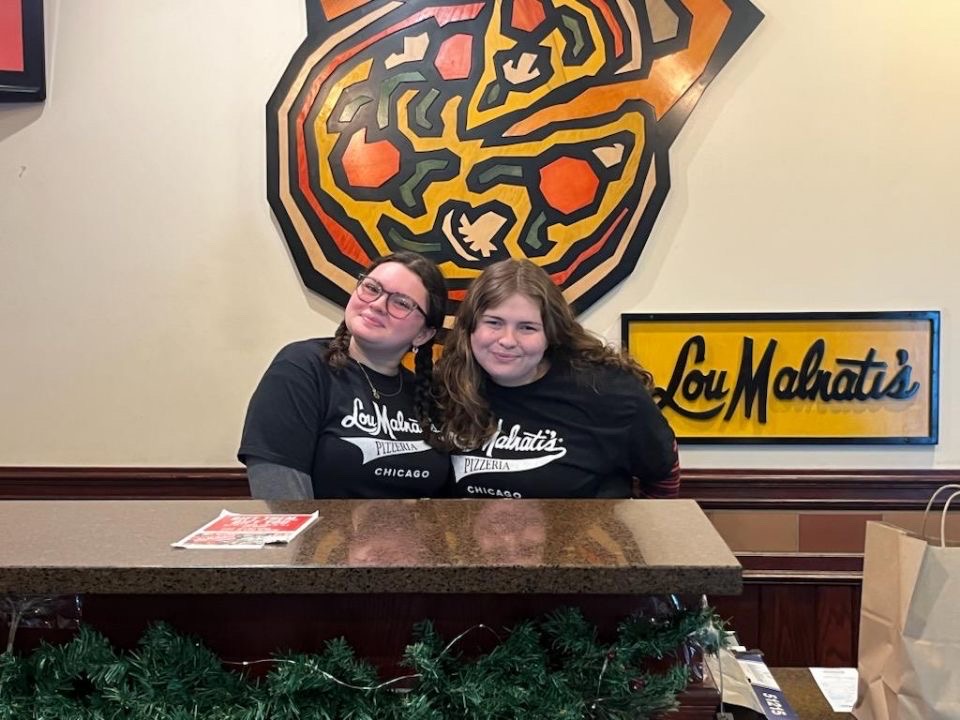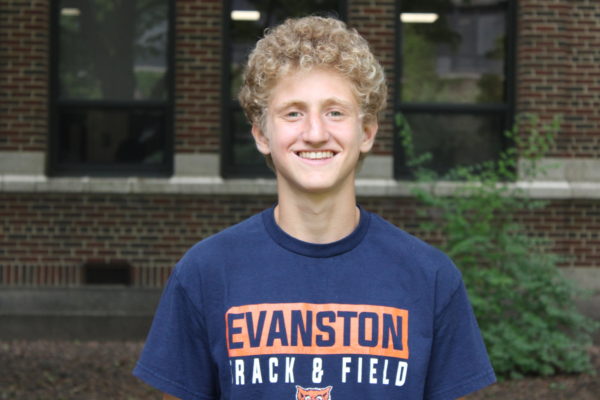An elderly woman rides her scooter down the street, decorated with American flags and plastic flowers, as the crowd seated along the sidewalk of Central Street cheers her on. Members of the ETHS marching band walk steadily after, their music full and matching their steps. Evanston Mayor Daniel Biss quickly follows, shaking hands, waving, and even briefly stopping to take a selfie. For one woman and her husband, this year is pushing their 50th attending the Evanston Fourth of July parade–always seated in, as they report, the same spot by the lampposts, wearing the same red, white and blue attire. But for another family of four, this is their very first time being present at the event.
For some, this has always been a time for celebration. A time to come together with neighbors and share sunscreen and sparklers. A time to gather at the beach for fireworks after dusk, or in front of the local coffee shops to watch the parade. But this year, it is a time to honor and remember the lives that were lost in the tragedy that occurred just 12 miles north last year. This year, more than ever, it is time for the city to take every security measure into consideration, while still preserving the holiday that many look forward to each year.
One year ago, at 10:14 am, the first shots during Highland Park’s Fourth of July parade were fired. This tragedy led to seven deaths and dozens of others injured. Merely an hour later, the celebrations in surrounding suburbs were shut down and citizens were left to grieve. A year later, the effects of this mass shooting are apparent–in the changes in security surrounding the festivities, as well as in those still dealing with the losses.
Now, in addition to the folding chairs posted along the pavement, this year there are officers displayed at every street corner the parade passes. Drones fly overhead as an added perspective for the officers to monitor the crowds, alongside the red, white and blue firecrackers.
Evanston Police Department Sergeant Scott Sophier–a twenty-year EPD officer and member of the Evanston Traffic Bureau–was tasked with creating the operational plan for this year’s July Fourth celebrations. His job involved meeting with the command staff at the Police Department, the Fire Department, the Streets Department and other relevant stakeholders in the city to authorize the final security plan. One way the police ensured safety in years past was by stationing large numbers of EPD personnel at different intersections along the parade route, Sophier explains.
“[In past years], we would also have a large number of EPD personnel in the evening for the fireworks to handle traffic control and lakefront purity,” Sophier says. “But things obviously did change in light of Highland Park to where we did have to make some additions and alterations to our traffic.”
In the interest of taking additional precautions, 25 police officers were added to monitor this year’s parade.
“It was important that we had a police officer or an employee physically present at every single crossing, in addition to [police] vehicles. [In previous years], wooden barricades [were used] to block those intersections,” Sophier adds.
One of the most prominent changes to the security in the parade was the usage of drones. This year was the first year that drone surveillance was employed for the parade. There is now a team in the Evanston Police and Fire Department that was assembled in the wake of the Highland Park tragedy specifically for drone surveillance during large events.
“[As a] police department, we [now] have the ability to fly a drone at a special event in order to check roof tops and conduct real time monitoring for safety in terms of any critical event that were to take place,” Sophier explains.
“Our police department wanted to make sure that we’re using this technology that [was] recently permitted by the state for narrow purposes related to security at large events,” Biss adds. “But we also want to do it in a way that’s thoughtful and appropriate and doesn’t feel like it’s an invasion of [peoples’] privacy.”
Bruce Baumberger, Evanston resident and Trustee Emeritus for the city’s Fourth of July Association, has been active in the community for over 50 years. The Association was founded in 1921 by the organization that is now known as Women for Evanston Youth. It was originally established after a child was injured while setting off fireworks, to ensure that it wouldn’t happen again in the celebrations to follow. Because of the postponement in 2021 due to Covid, the 2022 celebrations were supposed to mark the Association’s Centennial anniversary.
Even with additional personnel, the Fourth of July Association wanted to make sure that all of their bases were covered. Not only were there police officers at every street corner, but they were also driving up and down throughout the parade and a few officers were even stationed atop roofs overlooking the festivities.
“They were more visible, partially to demonstrate to someone who might be inclined to cause a problem that there were police present but also, frankly, to demonstrate to parade goers that they were being protected,” Biss states. “In every aspect, [we were] stepping up what had been traditionally done. We felt that in the world we live in, tragically, we just had to step it up.”
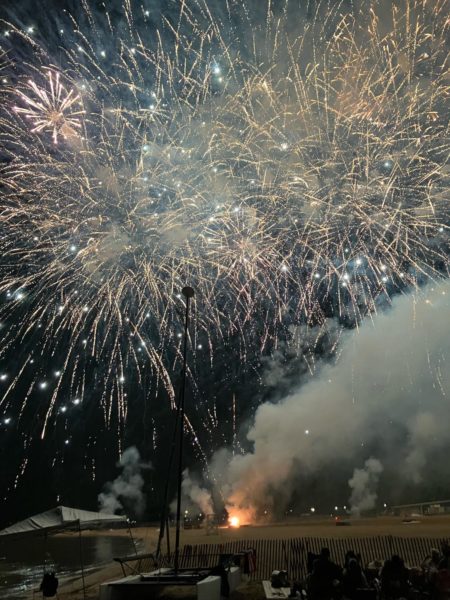
Due to the tragic event that took place last year, as well as COVID putting a halt to any celebrations in the years prior, this past July marked the first time since the pandemic began that the city could hold the parade. In both 2020 and 2021, there was a virtual celebration. In 2022, the city had fully prepared to have the parade in the afternoon, the concert at night and fireworks later, but it was all canceled in light of the Highland Park shooting.
“Parade units were assembling that fateful morning, and then all of a sudden we got the call about the Highland Park [shooting],” comments Baumberger.
All of the Fourth of July celebrations that take place each year are put on through the work of the volunteers in the Association. They partner with city departments like Public Works and Parks and Recreation as well as the city’s first responders for all of the Independence Day celebrations and preparations.
“There were conversations with other communities to see what they were doing and how they were handling, learning of best practices,” Biss says. “I’m really proud of our team. People really understood well in advance [that] this was a big deal. They [knew] they were going to have to step it up, and [while] we’ve done a good job in the past, [it] just wasn’t going to cut it given what happened last year in Highland Park.”
As important as the extra security precautions are, beyond making sure there was overhead security and personnel on the ground alert and watching, the people needed to feel safe enough to participate in the celebrations themselves, bring their families along to watch and envision themselves returning next year, with little fear of endangering themselves.
“We did focus a lot on safety. We communicated to the public that we were taking additional safety measures,” Baumberger says. “I think that we had excellent turnout for the parade and the fireworks, so people were comfortable knowing that we were watching over them and protecting [them] from incidents.”
The parade was able to proceed without a hitch, as Baumberger notes. All the hard work put into the celebrations were proven to be worthwhile for those organizing the festivities. There was a large number of people present at the parade, as well as many more participating in it.
“It was a little bit scary,” one ETHS student, who partook in the parade, comments. “But knowing all of the security [in place], I felt better. I could see the drones flying and I saw a lot of families. I felt pretty safe in the moment; I honestly didn’t even think about it.”
While the Fourth is a time for festivities and honoring the country, it is also a critical time to honor the lives that were lost last year in an event that affected so many in Highland Park and across the country. It was to preserve their memory and protect the safety of all the people who chose to celebrate the day that makes the improvements to the security so crucial.
“I think people were hungry for that kind of communal gathering.” Biss says. “Therefore, we wanted to go the extra mile–not only for people to be safe, but also for people to truly feel safe so they’d be comfortable coming out this year and for [years to come].”
